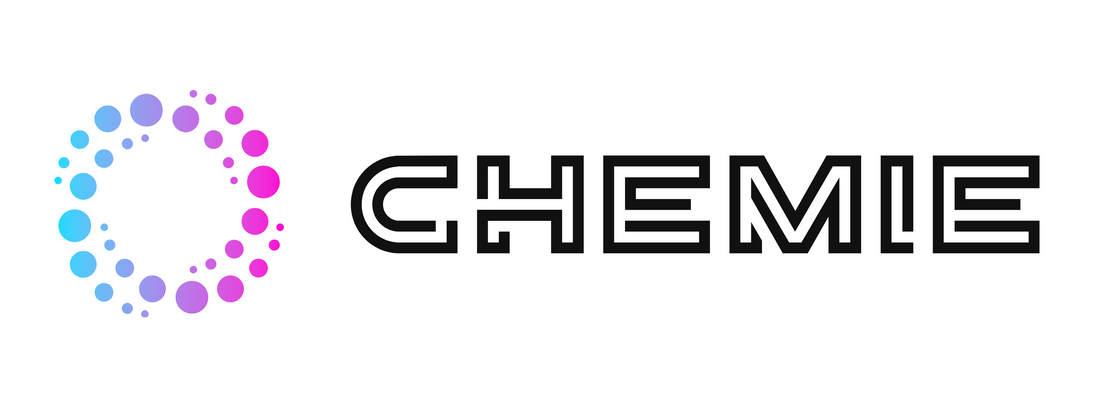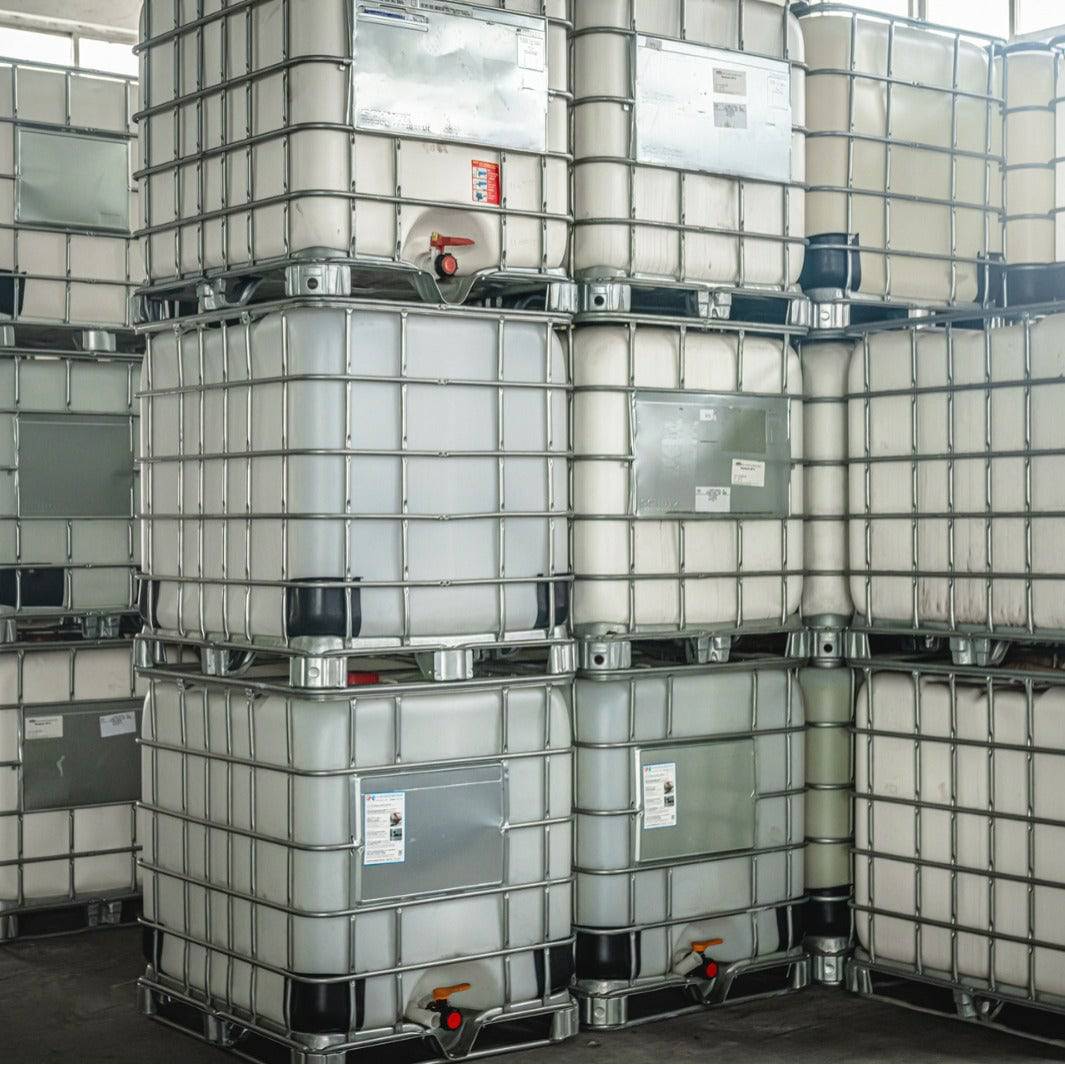Our Chemie PDFs
Our Chemie PDFs
Blog Article
Some Known Questions About Chemie.
Table of ContentsAll about ChemieChemie for DummiesSome Known Details About Chemie Fascination About ChemieWhat Does Chemie Do?About Chemie
By Bojanna Shantheyanda, Sreya Dutta, Kevin Coscia and David SchiemerDynalene, Inc. Fluid air conditioning, which can be attained making use of indirect or straight means, is made use of in electronic devices applications having thermal power thickness that may exceed risk-free dissipation via air cooling. Indirect fluid cooling is where warmth dissipating electronic elements are literally separated from the fluid coolant, whereas in case of direct cooling, the elements remain in direct call with the coolant.Nonetheless, in indirect air conditioning applications the electrical conductivity can be crucial if there are leaks and/or spillage of the liquids onto the electronic devices. In the indirect air conditioning applications where water based liquids with deterioration preventions are typically made use of, the electric conductivity of the fluid coolant mainly depends upon the ion focus in the fluid stream.
The boost in the ion focus in a shut loop fluid stream might occur as a result of ion leaching from steels and nonmetal components that the coolant fluid is in contact with. During procedure, the electric conductivity of the liquid might raise to a degree which might be hazardous for the cooling system.
Getting The Chemie To Work
(https://www.find-us-here.com/businesses/Chemie-San-Diego-California-USA/34199379/)They are grain like polymers that can exchanging ions with ions in a service that it is in call with. In the existing work, ion leaching tests were done with numerous metals and polymers in both ultrapure deionized (DI) water, i.e. water which is treated to the highest degree of pureness, and reduced electric conductive ethylene glycol/water mixture, with the determined adjustment in conductivity reported over time.
The examples were allowed to equilibrate at area temperature level for 2 days before taping the initial electrical conductivity. In all tests reported in this research study liquid electric conductivity was measured to an accuracy of 1% utilizing an Oakton CON 510/CON 6 series meter which was calibrated prior to each dimension.
Some Known Factual Statements About Chemie
from the wall home heating coils to the facility of the heating system. The PTFE example containers were positioned in the heater when steady state temperature levels were reached. The examination configuration was eliminated from the furnace every 168 hours (7 days), cooled down to area temperature level with the electrical conductivity of the fluid determined.
The electrical conductivity of the fluid example was kept an eye on for a total amount of 5000 hours (208 days). Schematic of the indirect shut loop cooling experiment set up. Elements made use of in the indirect shut loophole cooling experiment that are in call with the fluid coolant.

Rumored Buzz on Chemie
The adjustment in fluid electrical conductivity was monitored for 136 hours. The liquid from the system was collected and saved.

0.1 g of Dowex resin was added to 100g of fluid samples that was taken in a separate container. The mix was mixed and alter in the electric conductivity at room temperature was gauged every hour. The measured change in the electrical conductivity of the UP-H2O and EG-LC test liquids including polymer or metal when immersed for 5,000 hours at 80C is revealed Number 3.
What Does Chemie Mean?
Ion leaching experiment: Measured modification in electrical conductivity of water and EG-LC coolants consisting of either polymer or steel examples when submersed for 5,000 hours at 80C. The results suggest that metals added fewer ions right into the fluids than plastics in both UP-H2O and EG-LC based coolants.
Liquids containing polypropylene and HDPE exhibited the most affordable electric conductivity modifications. This could be as a result of the short, stiff, direct chains which are much less likely to add ions than longer branched chains with weak intermolecular forces. Silicone additionally carried out well in both test fluids, as polysiloxanes are generally chemically inert because of the high bond power of the silicon-oxygen bond which would certainly protect against degradation of the material right into the fluid.
The Buzz on Chemie
It would certainly be expected that PVC would certainly produce comparable outcomes to those of visit this website PTFE and HDPE based upon the comparable chemical frameworks of the materials, nonetheless there might be various other contaminations existing in the PVC, such as plasticizers, that may affect the electrical conductivity of the fluid - heat transfer fluid. Additionally, chloride teams in PVC can likewise seep right into the examination fluid and can cause an increase in electrical conductivity
Buna-N rubber and polyurethane revealed indications of deterioration and thermal disintegration which recommends that their possible utility as a gasket or adhesive material at greater temperatures could cause application problems. Polyurethane completely broke down right into the examination liquid by the end of 5000 hour examination. Figure 4. Before and after photos of steel and polymer samples immersed for 5,000 hours at 80C in the ion seeping experiment.
Calculated adjustment in the electric conductivity of UP-H2O coolant as a function of time with and without resin cartridge in the closed indirect cooling loop experiment. The determined modification in electrical conductivity of the UP-H2O for 136 hours with and without ion exchange resin in the loop is received Number 5.
Report this page